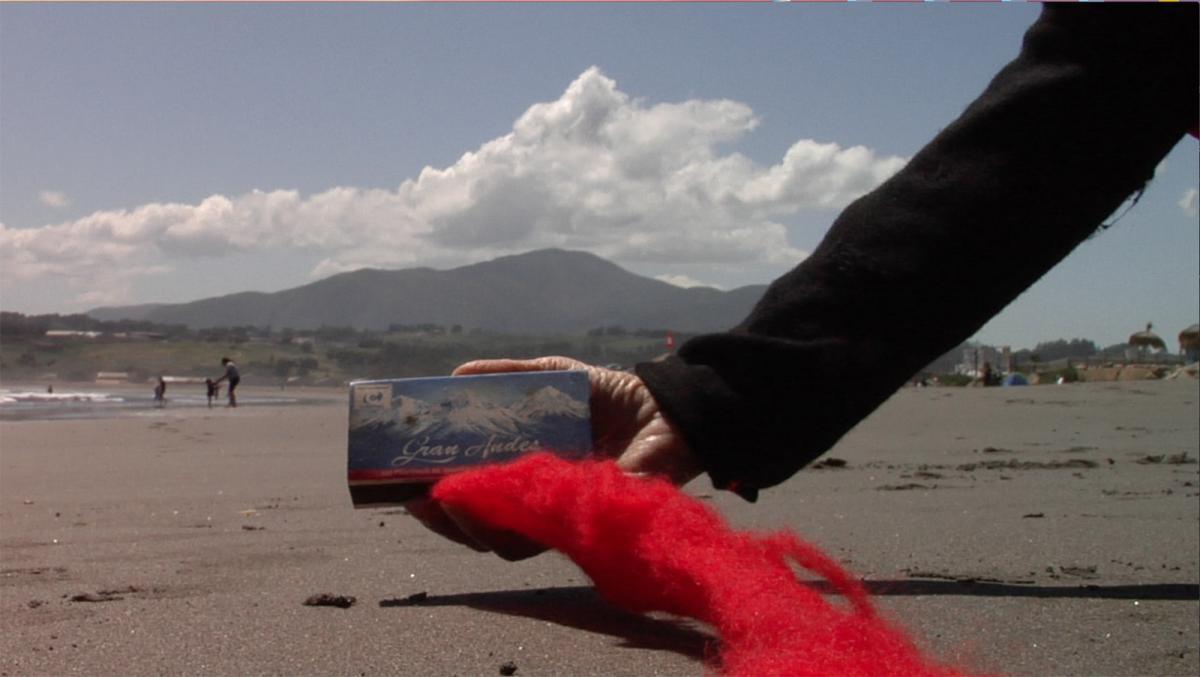
In March 2019, the first Women Filmmakers Festival at SAAM was held in our McEvoy Auditorium; in 2020, the second Festival was our last in-person public program before COVID-19 shut down cultural institutions, and then whole cities, last spring. It was a powerful gathering and remains a bright memory for me in a tough year. With Women’s History Month 2021 now upon us, we are excited to launch our third Women Filmmakers Festival, which is all-virtual this year.
In planning for this shift, we carefully considered how the Festival could be a valuable offering in this moment. The 2021 theme, “Her History Lessons,” and its related artworks, were selected to be immediately meaningful, inspiring, and useful to audiences facing momentous events while physically isolated and digitally overloaded. Inverting last year’s focus on feminist futures, this edition showcases artworks that look to the past to draw insights that are explicitly relevant to current challenges – namely, the growing climate crisis, state responses to social justice demands, and an ongoing pandemic. Intentionally, it is also an opportunity to hear from artists whose work speaks directly to, and whose voices are so necessary in these times. In conversation, Cecila Vicuña, our first featured artist, emanates a healing energy and weaves verbal magic; Coco Fusco, our second artist, offers razor-sharp analysis on complex ideological entanglements; and lastly, Mariam Ghani, specializes in carefully uncovering surprising links between past and present. Across all their practices, I think the most consistent take-away is how interconnected things are, that every action reverberates, that the dynamics between people and systems—whether political and biological—are intricate and can be recalibrated to make ongoing change.
The virtual Festival is also designed to meet viewers where they are with asynchronous screenings and extended opportunities to ask questions. Each live conversation, moderated by me, includes the artist and interdisciplinary curators across the Smithsonian. Amalia Cordova, Latino curator for digital and emerging media at the Smithsonian’s Center for Folklife and Cultural Heritage joins Vicuña to discuss Indigenous stewardship, colonial imperialism, and global ecologies; Rhea Combs, curator of film and photography at the Smithsonian’s National Museum of African American History and Culture, joins Fusco to consider surveillance of racial justice activists, from Angela Davis to Black Lives Matter leaders; and Sabrina Sholts, curator of biological anthropology at the Smithsonian’s National Museum of Natural History, joins Ghani to trace the human role in outbreaks.
While this selection was inspired by the year we’ve just been through, I’m thankful that with this pivot to an online presentation, these conversations (minus the screened artwork) will be archived and available for repeat viewing in the years ahead, and when it isn’t Women’s History Month. Because these women, and the lessons they help us see in history, are relevant always and for all as we contemplate what comes next.
Learn more about the Virtual Women Filmmakers Festival and how to register for the artist conversations.


















